Keep track of time in your own backyard! Created by Tracy Gordon, RHA Educator
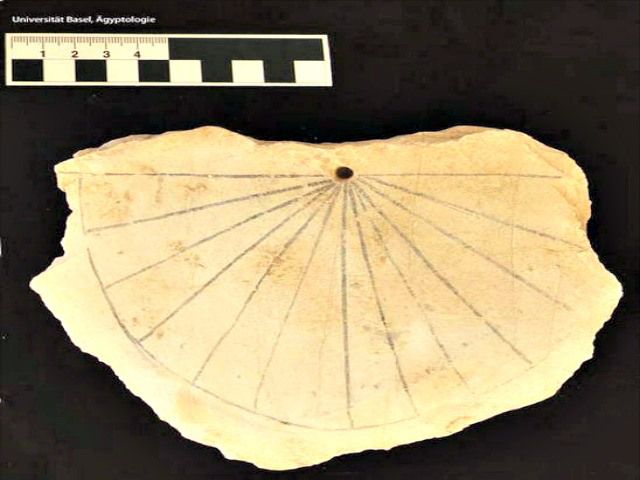
The world’s oldest known sundial, from Egypt’s Valley of the Kings (c. 1500 BC), was used to measure work hours.
Level: Any age
Lesson Duration: Dawn to Dusk
Setting: Outside
Background Information: Before clocks and watches were invented, people used sundials to tell time. The earliest known sundials were made by ancient Egyptians in about 3500 B.C. They would simply use an upright stick or pillar (known as a gnomon) to cast a shadow onto the ground. As the sun moves across the sky, the shadow likewise moves. The position of the shadow indicates the time of day. The flat surface of the sundial, whether merely the ground, or a fabricated disc, is called the dial plate. It is very simple to build your own sundial using a stick and some small stones in your own yard.
Vocabulary:
Gnomon: The part of the sundial that casts the shadow
Dial Plate: The flat surface of the sundial where the shadow is cast onto
Materials:
There are three options for making your sundial:
- Straight stick and stones for hour markers
- A paper plate, straight stick and markers (optional: playdough)
- A tree slice, stick and pencil or piece of chalk
You will also need a compass (There are many compass apps you can download onto your phone)
The Activity:
- Use your compass to identify North
- Find a sunny location and place your stick upright into the ground bent slightly towards the North. If you are making your sundial on your driveway or sidewalk you can place some sand in a bucket to push your stick into. If you’re using a paper plate, you can poke a hole in the center of the plate or place a ball of play dough onto the middle of the plate to push the stick into it.
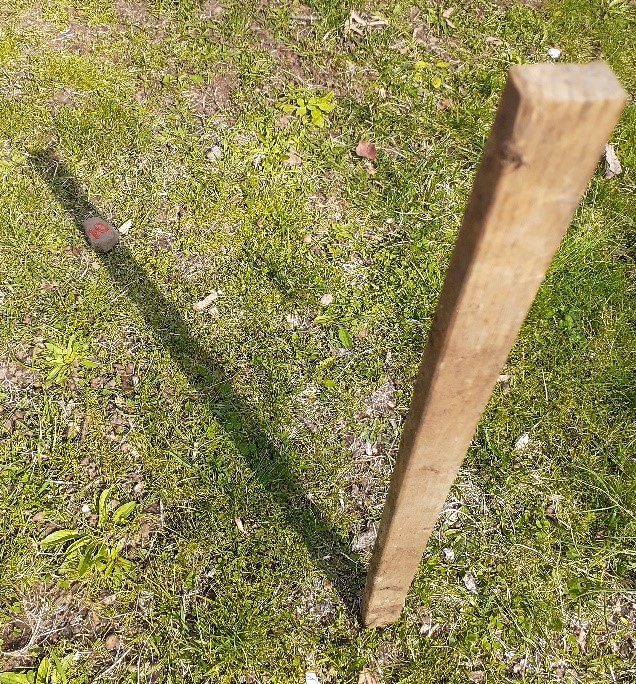
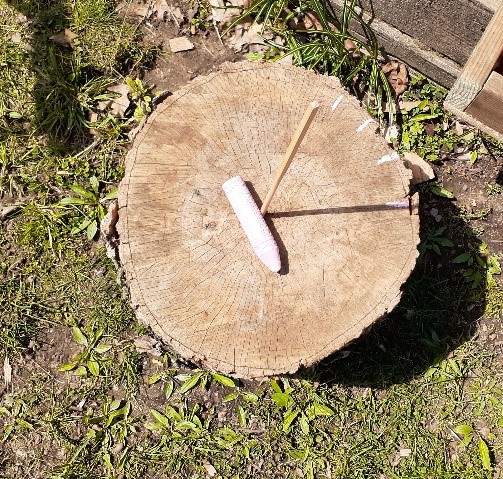
- Draw numbers 1 through 12 on your hour marker stones, if using.
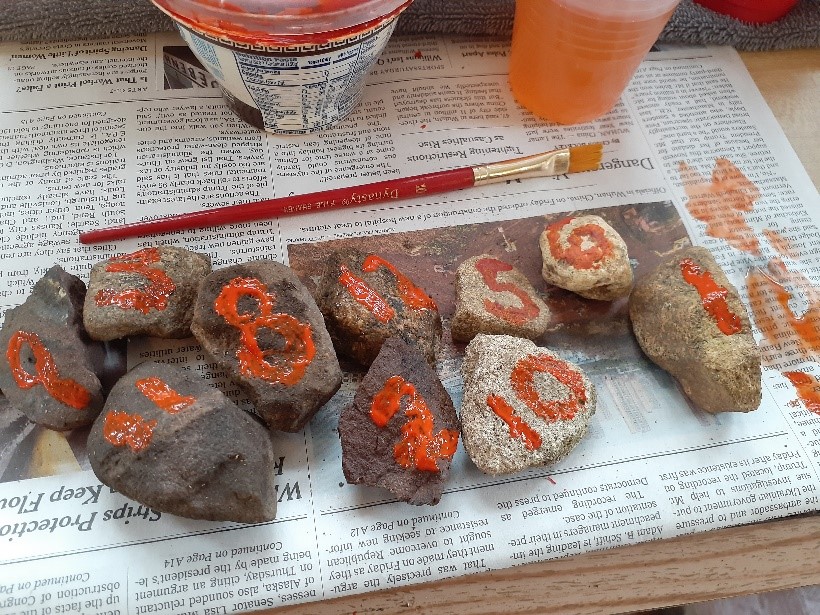
- Starting in the morning, place a stone on the shadow line every time it is 8 am, 9 am, 10 am, etc. Set an alarm at the top of each hour to remind yourself to check the movement of the shadow!
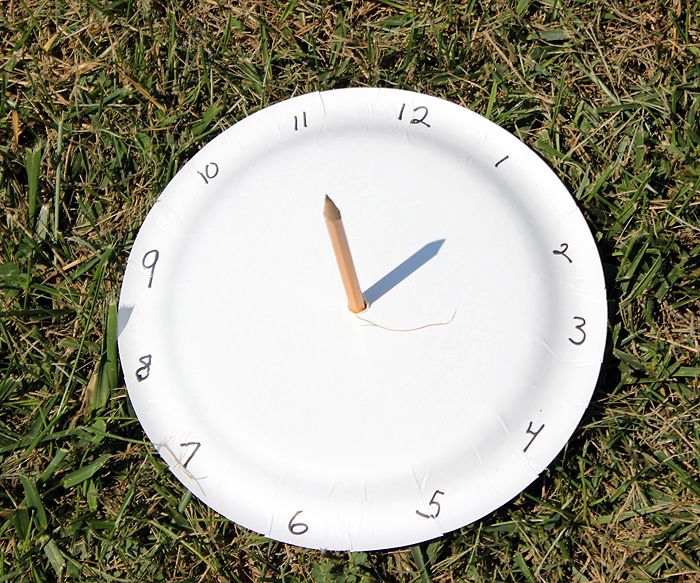
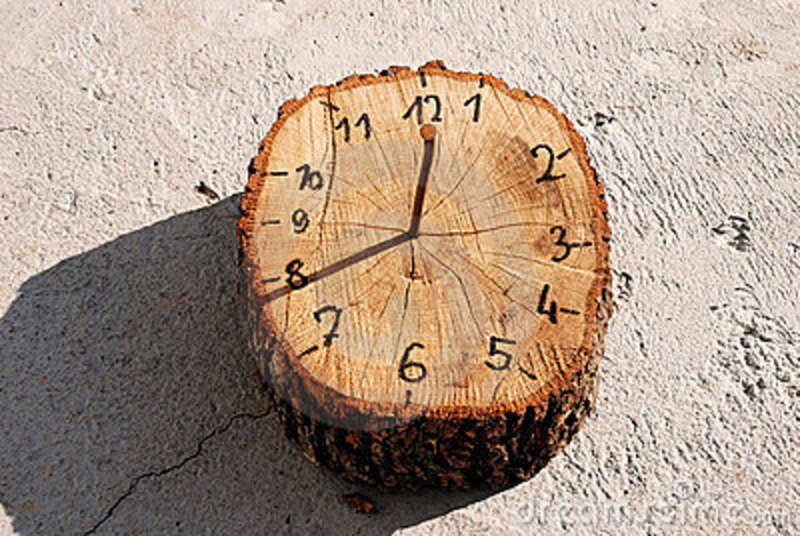
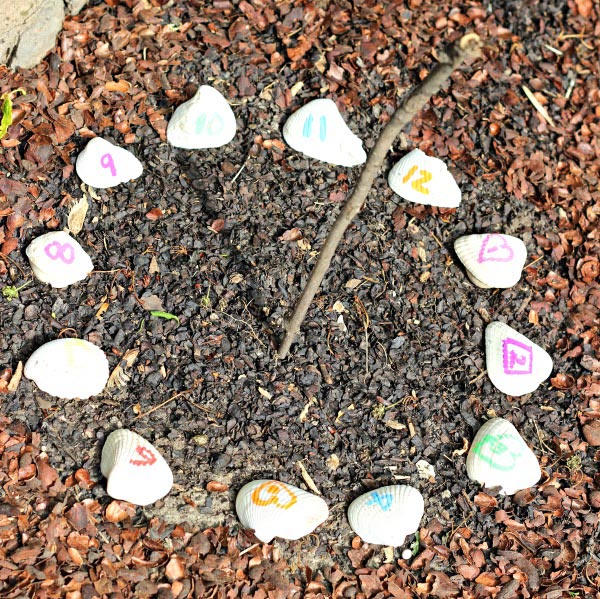
Three different types of sundials you can make at home
- Continue to do this until the sun goes down and you will have a sundial to tell the time of day!
Wrap Up:
- Did you notice in which direction your shadow moved (clockwise/counter clockwise)?
- Are the hourly markers evenly spaced around the dial plate? Why or why not?
- Could you use this sundial to tell time in one month or 6 months from today? Why or why not?
- Try making your sundial using a paper plate, next time you go to the beach in the sand, etc. Be creative.
Sources:
https://kids.britannica.com/kids/article/sundial/403911
https://www.wikihow.com/Make-a-Sundial
Wrap Up:
How did you like this activity? Please share any questions, comments, or photos that you and your child have on the Raritan Headwaters Learning Community Facebook Page!
More Raritan Headwaters Learning Resources



